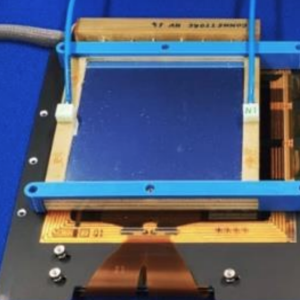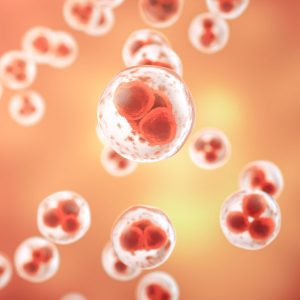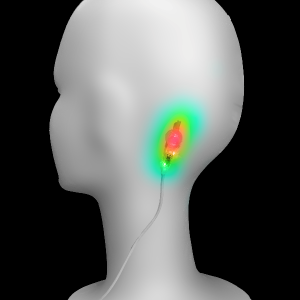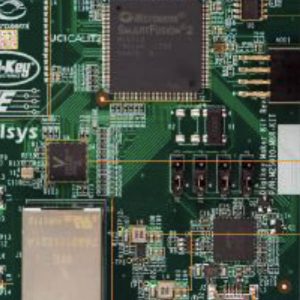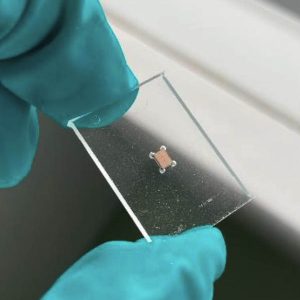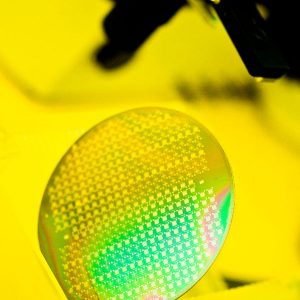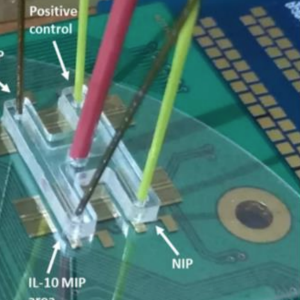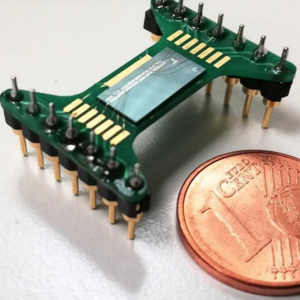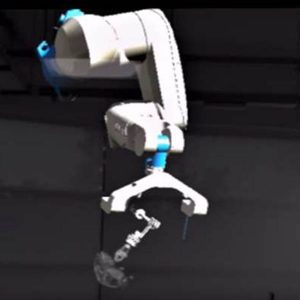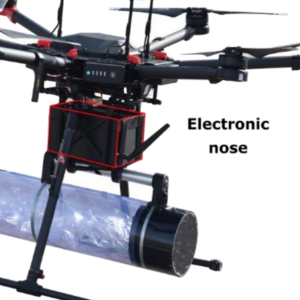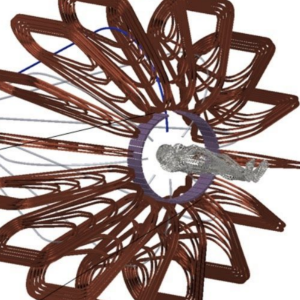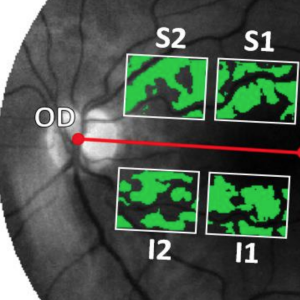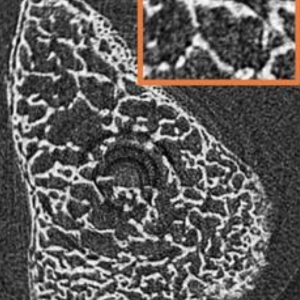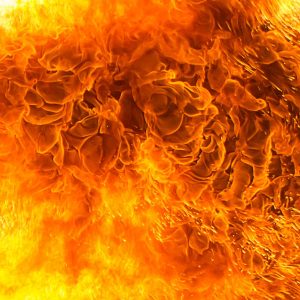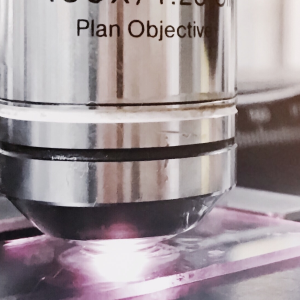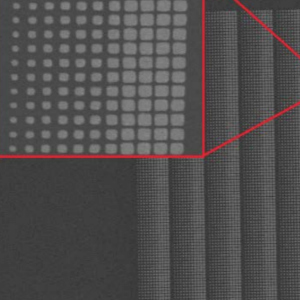One of the major radiation modalities for treating cancer is hadron radiotherapy, which at present uses protons and carbon ions. This is mainly because hadrons have the unique feature of increasing energy deposition with penetration depth, with maximum energy deposition at the end of the range followed by a sharp decrease (Bragg peak). However, treatment...
This website uses cookies so that we can provide you with the best user experience possible. Cookie information is stored in your browser and performs functions such as recognising you when you return to our website and helping our team to understand which sections of the website you find most interesting and useful.

